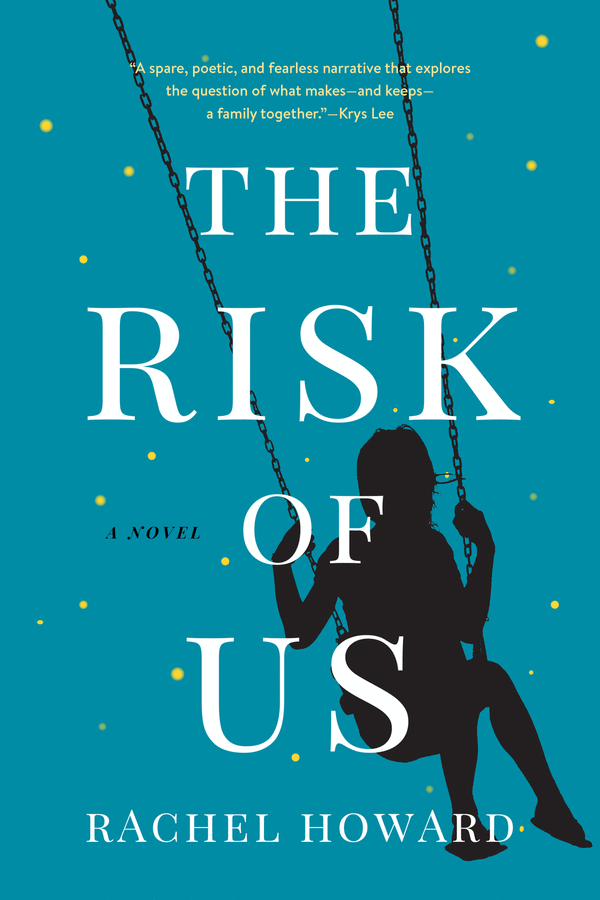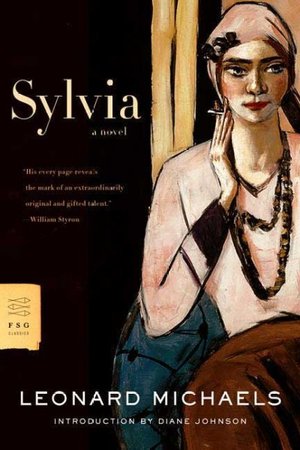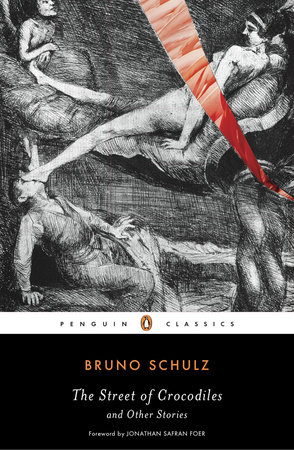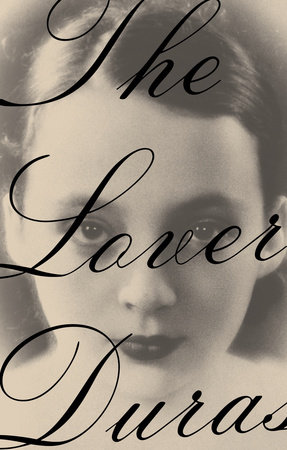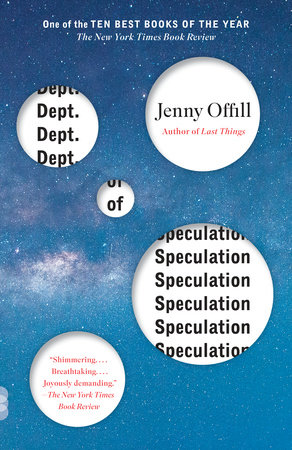Reading Lists
8 Novels That Blur the Line Between Memoir and Fiction
Rachel Howard, author of "The Risk of Us," recommends literature that fictionalizes real life

A month after I finished the first draft of my novel, The Risk of Us, I took the full manuscript to one of my most trusted early readers. She and I have divergent tastes, but she has a sharp eye and a sharply honest tongue. We met at her mother’s house to discuss her reactions, sharing a pot of tea while her mother, entering the last months of her life, dozed in the corner. My friend, a novelist and memoirist herself, held the pages hesitantly, gave me that blunt look I cherished, and said, “I found it totally compelling. But you know you can’t do this. The protagonist’s father was murdered when she was a little girl. Your father was murdered when you were a little girl. You can’t make that fiction.”
I respected her reaction, but to me it was immaterial. The book I had written was fiction. I intended it, from the start, to create its own imagined internal reality. That my own father had been murdered was a coincidence that a reader did not need to know to enter the world of the novel. And, many details in the novel did not (do not) align with the facts of my own life. What corresponded to fact or didn’t was not a consideration as I wrote it. Might the fact that I had previously published a memoir about my father’s murder create some curiosity in the reader’s mind about how much I had drawn on my life? Realistically, yes. But I didn’t see that as a problem in fiction, since so many writers I was drawn to also tolerated—or experimented with—that ambiguity.
A few days after our meeting, my friend asked for a reading list, since the idea of such intentionally ambiguous work was new to her. I didn’t mention to her the term “autofiction,” now so popular for describing works with this kind of ambiguity. Though I like a lot of what is being published as autofiction, I don’t use the term myself. I didn’t mention Proust, and I didn’t bring up Karl Ove Knausgaard. Confession: I’m probably a terrible critical commentator on what’s now being called autofiction, because though I may become aware that a writer’s factual life overlaps with what they have used in their fictional work, and may even in fact be drawn in by suspicions of this, I don’t tend to further investigate the real-life background to determine how much the writer has mined personal experience; unless a work has billed itself as memoir, I’m happy to stay inside the book’s wholly self-sufficient world. That said, this is a list of books that fortified my own choices because I was aware, while reading each of these books, that the writer was reimagining material from “real life”—and I found this freeing and thrilling.

Voyage in the Dark by Jean Rhys
Jean Rhys moved from the Carribean to England as a teenager after her father died—just like the protagonist, Anna, of this exquisitely spare novel. Though all of Rhys’ five novels feature a difficult-to-love, embittered woman who sees the world’s misogyny all too clearly, and can’t decide whether to manipulate men or say to hell with them, Voyage in the Dark does so more successfully than the others, to my mind. The Rhys figure, a traveling chorus girl named Anna, is only twenty, and still wants desperately to love. This is my favorite novel of all time.
The Doorby Magda Szabo
The narrator of this novel is, like Szabo, a Hungarian author trying to recover from a political retaliations against her work. She takes in a mysterious and Valkyrian housekeeper, Emerence, then struggles to understand her simultaneous need, disgust, and fear towards the woman—and ultimately betrays her.
Sylvia by Leonard Michaels
Leonard Michaels poured much of himself into a clearly fictional vessel, the mathematician Raphael Nachman of the beloved Nachman Stories. But he also wrote this slim novel, expanded from a short memoir, about his early marriage to a woman who committed suicide. It is a stark, unsparingly direct novel of a man reassessing his guilt in his wife’s decline.
The Street of Crocodiles and Other Stories by Bruno Schulz
In 1934, the often sickly and reclusive Schulz makes his drab Polish town Drohobycz into a mythical land dominated by a family maid who obsesses the boy with erotic longing, and a father who in one story turns into a cockroach, and in another gathers an aviary of exotic birds in the attic. “After tidying up, Adela would plunge the rooms into semidarkness by drawing down the linen blinds. All colors immediately fell an octave lower, the room filled with shadows, as if it had sunk to the bottom of the sea and the light was reflected in mirrors of green water—and the heat of the day began to breathe on the blinds as they stirred slightly in their daydreams,” reads a typical sentence in Celina Wieniewska’s translation.
The Love Object by Edna O’Brien
I like to imagine the main character of this collection’s title story as O’Brien herself: sensual beyond bridling, too intelligent to live her life within the confines society expects for women and mothers, bravely alone, but ultimately deeply vulnerable. The character of the story, who works in broadcasting rather than writing, becomes enthralled by a married lover whose forseeable abandonment of her drives her nearly to suicide. The sudden reappearance of her children, home from boarding school, pulls her out of the spell.
The Lover by Marguerite Duras
Brian Mastroianni writes in the Paris Review, “When Duras claimed that the novel was entirely autobiographical, it became something of an international sensation. But, as the New York Times noted, ‘truth, in the Durasian universe, is a slippery entity’; Duras also went on to say ‘that the story of her life did not exist.’” Debate endures over whether the effect of the novel is too contingent on knowing its autobiographical basis. This was not an issue for me when I read, completely unaware of Duras’s or the book’s history. I was simply transfixed by the way she circles around the central, haunting image of the narrator’s 15-year-old self, crossing a ferry on the Mekong River, about to meet the much older man whose lust she would embrace and whose love she would reject.
How Should a Person Be? by Sheila Heti
Like Heti’s third novel Motherhood, How Should a Person Be? is narrated by a woman named Sheila, whose Toronto artist friends share the real Sheila Heti’s friends’ names. But to think that every event in the novel happened factually would be a mistake, as Heti has revealed that she used chance procedures to combine scenes.
Dept. of Speculation by Jenny Offill
The narrator of this look-between-the-lines novel is unnamed, but like the real-life Jenny Offill who wrote it, she has published one acclaimed book and is struggling with the demands of mothering and the relative poverty of adjunct teaching to stay true to her “art monster” self and follow up with a second. I did not care how much of this was faithful to Offill’s life as I read it. I read it six more times purely to study the technique.




